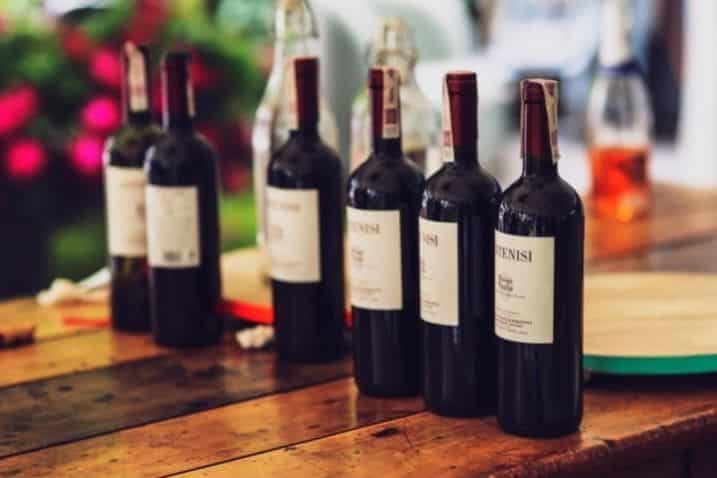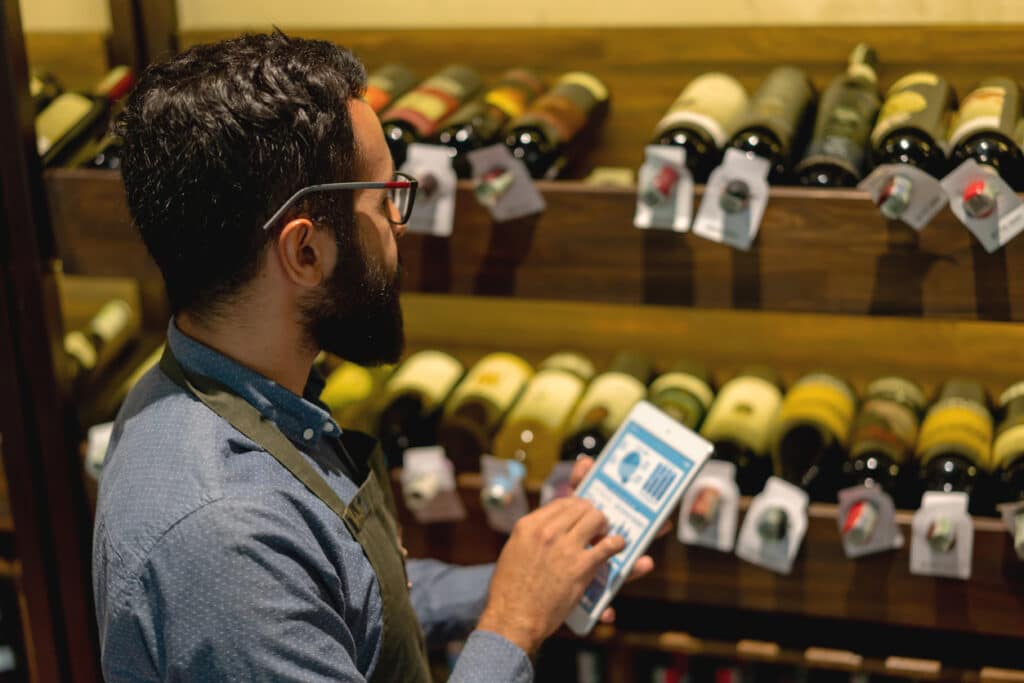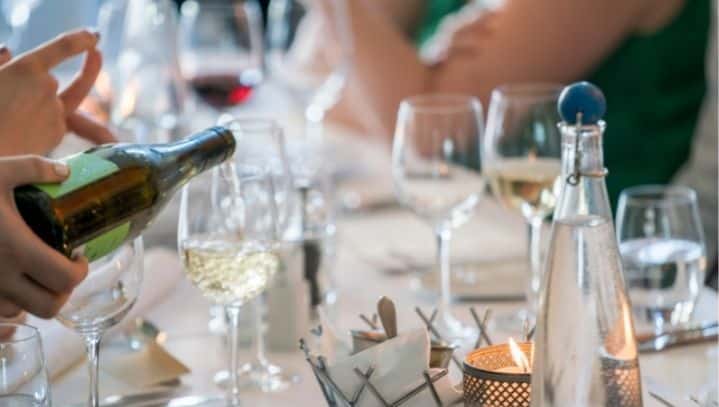By visiting our site, you agree to our privacy policy regarding cookies, tracking statistics, etc.
Bringing your own bottle of wine to a restaurant can be a delightful way to enjoy a special vintage or save on beverage costs. However, many restaurants charge a corkage fee for this privilege. Understanding why these fees exist, how much they typically cost, and the laws governing them can help diners make informed decisions and ensure a smooth dining experience. In this article, we explore the purpose of corkage fees, their impact on restaurants, and what patrons should know before bringing their own wine.
A corking fee, also known as a corkage fee, is a charge imposed by a restaurant when a patron brings their own bottle of wine to enjoy with their meal. This fee compensates the establishment for the service of handling, uncorking, and serving the wine, as well as for the loss of potential revenue from their own wine list. The cost can vary widely depending on the restaurant’s policies, location, and level of service provided.

Restaurants charge corkage fees primarily to offset lost profit margins on beverage sales. Wine sales contribute significantly to a restaurant’s bottom line, often yielding higher profit margins than food. Allowing guests to bring their own wine without any fee could undermine the restaurant’s ability to sustain its business model.
Additionally, a corkage fee helps compensate for the services associated with serving outside wine. This includes the time and effort of the waitstaff to uncork, pour, and sometimes decant the wine. Proper stemware, storage, and even chilling the bottle to the correct temperature are all considerations that factor into the fee.

Corkage fees vary widely based on geography, restaurant caliber, and policies. On average, fees range from $10 to $50 per bottle, with some high-end establishments charging upwards of $100 or more for the privilege. In more casual dining settings, fees tend to be lower, while Michelin-starred restaurants and exclusive venues may impose premium corkage charges to maintain their refined atmosphere and beverage program integrity.
Some restaurants offer incentives such as waiving the corkage fee if guests purchase a bottle from their own list, effectively blending in-house sales with the BYOW policy. Others may impose restrictions on the number of bottles per table or require that the wine is not available on their menu to prevent direct competition.

The legality of BYOW (Bring Your Own Wine) and the imposition of corkage fees vary by state and, in some cases, by local jurisdiction. Some states have clear regulations allowing restaurants with liquor licenses to permit outside wine, while others strictly prohibit it. Here’s a general overview:
States That Commonly Allow BYOW: California, Illinois, Texas, New York, Oregon, and Pennsylvania are among the states that permit BYOW in licensed restaurants, often with varying restrictions.
States with Restrictions or Prohibitions: Some states, like Utah, have stringent liquor laws that may prohibit guests from bringing outside alcohol into licensed establishments.
Permit and Licensing Requirements: In certain jurisdictions, restaurants must apply for a specific BYOW permit, adding another layer of regulatory compliance.
Before bringing your own bottle, it’s always wise to check with the restaurant and understand local laws to avoid any surprises.
Read More:
See why more than 40,000 restaurants use Restaurant365
Corkage fees serve a dual purpose: they allow guests to enjoy personal wine selections while ensuring that restaurants can continue providing top-tier service and ambiance. While the practice of BYOW is a privilege, not a right, understanding the reasoning behind corkage fees fosters mutual appreciation between diners and restaurateurs. Whether you’re a guest looking to celebrate with a special bottle or a restaurant owner refining your policy, a well-balanced approach to corkage ensures a seamless and enjoyable dining experience for all.
Share this blog:
500 Technology Drive, Suite 200
Irvine, CA 92618
Westech 360
8911 N Capital of Texas Hwy
Building 1, Suite 1200
Austin, TX 78759
Restaurant365 bridges the gap between accounting and operations by centralizing all data, helping restaurant operators to become more efficient, accurately forecast, and tackle any challenge or opportunity with speed and accuracy.